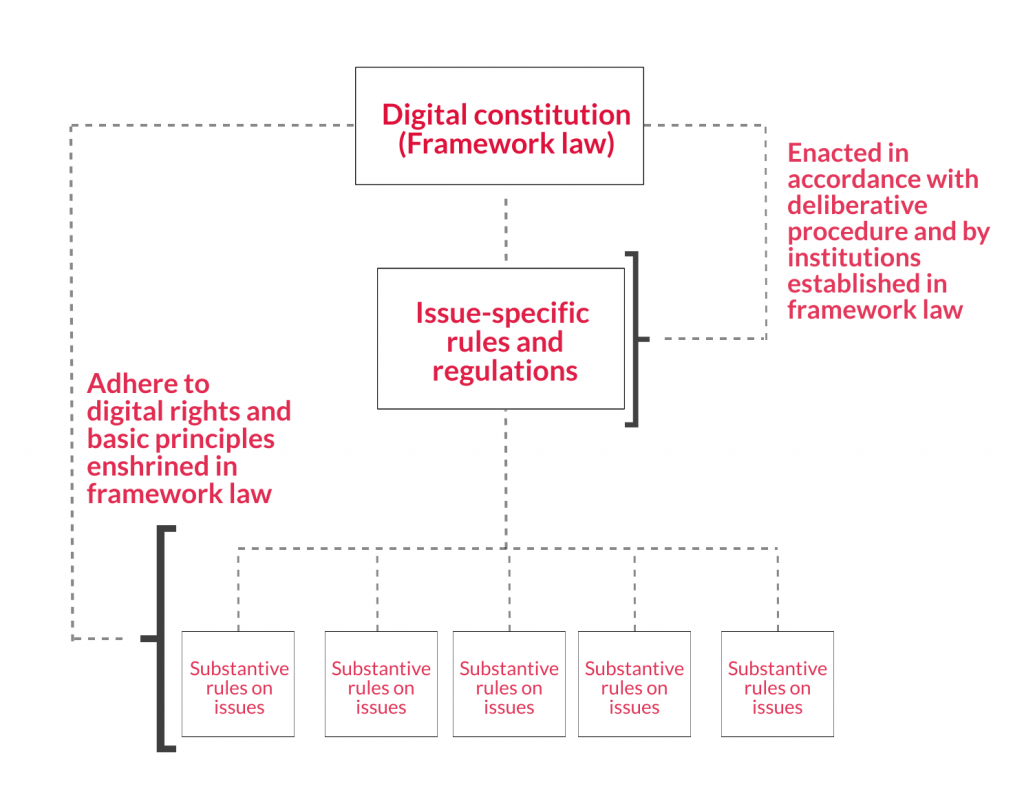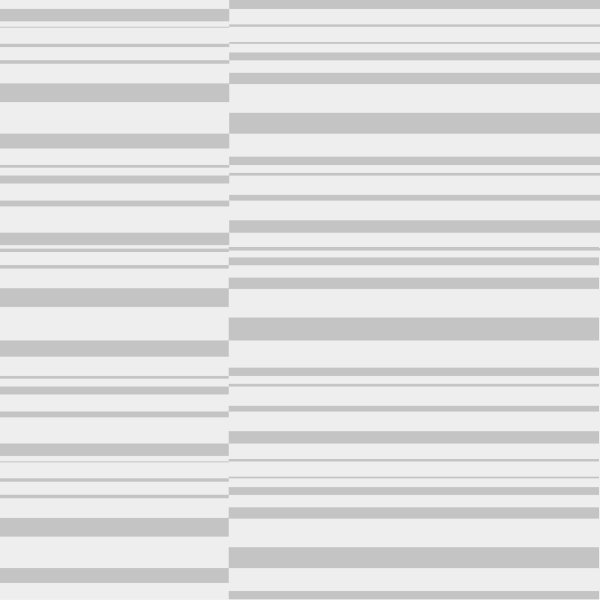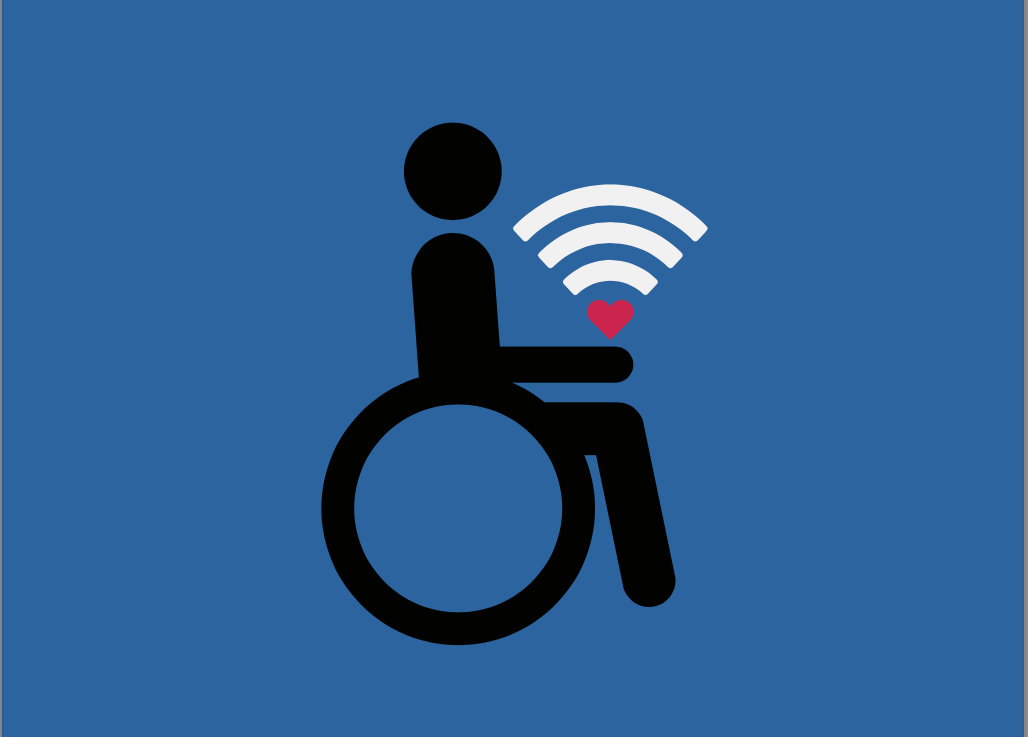
Primer for an Information Technology Framework Law
Summary of the approach proposed to be adopted in the formulation of a new legislation to replace the Information Technology Act, 2000
Background
This working paper briefly summarises the approach proposed to be adopted in the formulation of a new legislation to replace the Information Technology Act, 2000 for India. The IT Act is the primary law governing the internet in India. The developments of the previous decades have presented several fresh challenges in the realm of internet governance, which the IT Act fails to holistically address. This presents the need to re-visit the Act to adapt it to the modern state of the digital environment.
This working paper will be followed by a series of in-depth concept papers which set out the theoretical framing and regulatory design of a new legislation to govern the digital environment in India. As the first step in this exercise, it is necessary to consolidate various issues related to technology policy in an inclusive approach. This working paper proposes an approach that may be followed in the development of such a legislation.
Research focus
- The criticisms of the IT Act, and the pace of growth of technology, point to the inadequacy of the IT Act in effectively regulating the digital environment. These factors point to the need to fundamentally re-cast the role of the IT Act as a “framework law”.
- This working paper discusses what a “framework law” for information technology may look like. It suggests that such a law should be viewed as a “digital constitution” – by setting out a charter of digital rights and developing institutions and mechanisms for future rule making.
- The working paper proceeds to consolidate the various lines of inquiry that are necessary to design a digital constitution. It problematises various substantive issues under the IT Act which require reform and consolidates the provisions of the IT Act along the lines of these issues to enable a meaningful discussion related to reforming the IT Act.
Proposed strategy
The working paper proposes that the a “digital constitution” should represent the future of regulation of the digital environment in India. The following diagram illustrates the conceptual scheme of a digital constitution and how it may operate in regulating various substantive issues:

This digital constitution, tentatively titled the “Information Technology and Digital Rights Act” (ITDR Act) is proposed in this working paper. The issues mapped in this document represent the first step towards consolidation of the scope of the ITDR Act. This exercise must be exhaustively conducted to be able to precisely identify the scope of regulation of any new legislation. This endeavour must be supplemented with a conceptual study of what this scope should normatively be – by analysing the various harms, functions, and effects that a new legislation is envisaged to regulate.
The development of consensus on, and precise identification of the following, would represent progress towards concretising the vision of the ITDR Act. This forms the next step in this inquiry:
- Formulation of a charter of digital rights and fundamental governance principles for the digital environment;
- An enumeration of the substantive issues which should be regulated by the Act; and
- An identification of the rule making procedures and enforcement mechanisms necessary to operationalise the Act.






